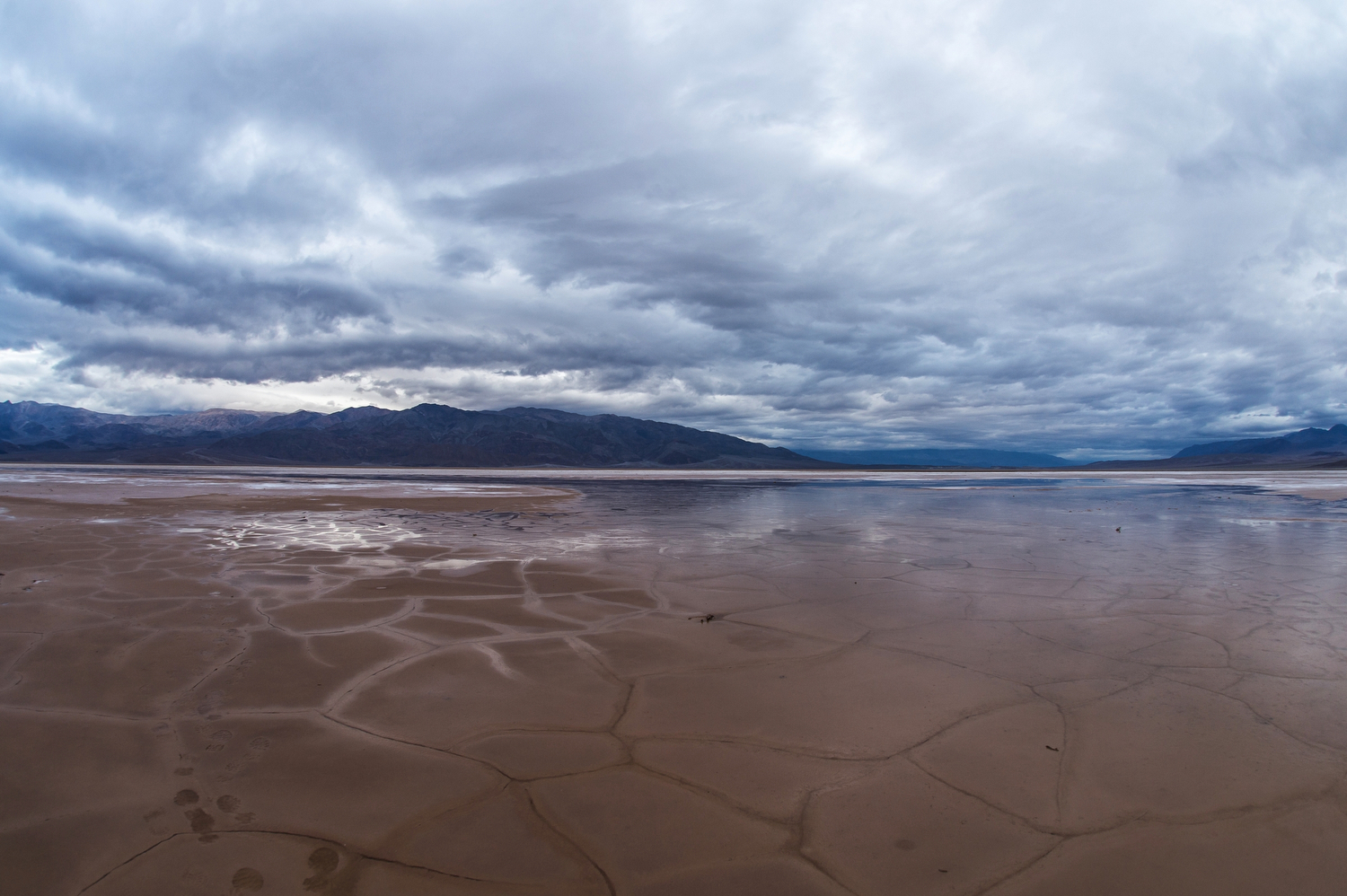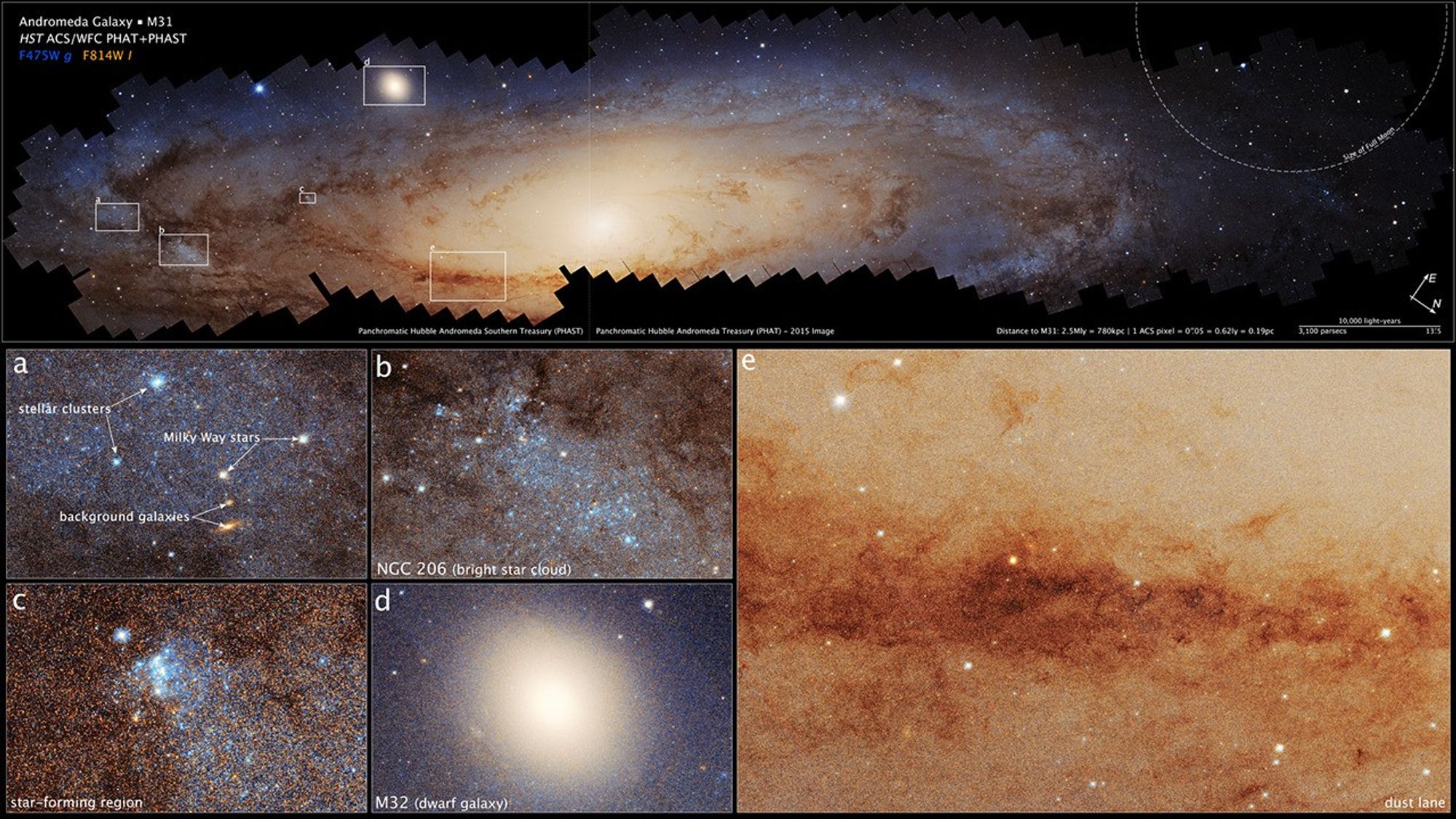It was truly an honor and a pleasure to interview one of the founding fathers of the entire space science business. I recently chatted with Dr. Don Gurnett of the University of Iowa in Iowa City about his 53 years of service in the field.
Todd J. Barber, Cassini lead propulsion engineer
It was truly an honor and a pleasure to interview one of the founding fathers of the entire space science business. I recently chatted with Dr. Don Gurnett of the University of Iowa in Iowa City about his 53 years of service in the field. On Cassini, he is principal investigator for the Radio and Plasma Wave Science (RPWS) instrument, but Cassini is just one of about 35 different spacecraft that he has worked over five decades.
Don has a very colorful and interesting background, one that would take up far too much of my column to elucidate. I learned of his roots from a wonderful article in “The Iowan,” and I invite interested readers of this column to check out Dr. Gurnett’s early history there. Suffice it to say, he arrived at the University of Iowa in September, 1957, watched Sputnik launch a month later, and sought (and obtained) his first job from Dr. James Van Allen himself ( Van Allen discovered Earth’s radiation belts, which now bear his name) just after the Explorer 1 launch in early 1958. Talk about a pioneer!
Before we delve into a myriad of wonderful RPWS science results, for the engineering aficionados in the audience, I will mention the RPWS is basically comprised of a Langmuir probe, a magnetic search coil, an electric field sensor, and a set of radio receivers that can be connected to these antennas. I’ll stop short of invoking Maxwell’s equations, but essentially the Langmuir probe measures electron temperature and density, the magnetic search coil measures magnetic fields, and the electric field sensor analyzes electric fields via three deployable 10-meter-long (33-foot-long) antennas. The instrument assemblies together use an average of only about 7 watts of power and weigh only about 6.8 kilograms (15 pounds). That’s a lot of scientific capability from a small and lightweight instrument!
One of Dr. Gurnett’s principal interests is finding new ways to represent the often difficult-to-comprehend science data returned by fields and particles instruments such as RPWS. Since this instrument primarily looks at a variety of waves within plasma (a rareified, charged cloud of gas), an excellent tool for doing this is to use sound waves, scaled to audible frequencies if necessary. Dr. Gurnett suggested this article have a link to his “Sounds of Space” website (http://www-pw.physics.uiowa.edu/space-audio/) from the university. For trepidatious readers, this might offer a user-friendly entry to the arcane world of fields and particles science. Just as interestingly, a composer named Terry Riley has written a piece of music entitled “Sun Rings” which uses actual data from Don’s earlier instruments! This is also available on the “Sounds of Space” website.
There are two broad types of wave phenomena picked up by RPWS at Saturn—whistlers and Saturn kilometric radiation (SKR). Whistlers are caused by lightning and were discovered at Saturn by Cassini. At Jupiter, in fact, Jovian lightning was discovered BY finding whistlers! These waves are actually a few hundred hertz to a few kilohertz in frequency—right in the “juicy range” of human hearing and Earthly music! When rendered in audio, they sound like a whistle of decreasing frequency (pitch) vs. time, and this is because high-frequency waves arrive first as lower-frequency waves slowed down by electron interaction. This slowdown can be quite dramatic, up to a factor of 100 or so! Incidentally, RPWS can also detect Saturnian lightning directly via high-frequency radio emissions from Saturn, just as AM radio receivers on Earth make pretty good lightning indicators (if making us a bit jumpy in the process). In addition, in radiation belts around Saturn akin to Earth’s van Allen radiation belts, electrons in the plasma can sometimes emit these high-frequency waves spontaneously, which are then called a “chorus” (from a British term for birds singing in the morning, sometimes called a “dawn chorus”). At Saturn’s equinox in 2009, lightning origination switched from Saturn’s southern hemisphere to the northern hemisphere, yet another dynamic change at the ringed planet around equinox. For decades, Don has used instruments like RPWS to tease out the mysteries of lightning on other planets, which sounds pretty cool to me.
As interesting as whistlers are, some of the most profound science results from Cassini have come from the study of Saturn kilometric radiation (SKR) by RPWS. Discovered by Voyager, SKR emanates from electrons in Saturn’s auroral zones at frequencies of a few hundred kilohertz. One of the most basic concepts for a planet is the length of its day—the time for it to rotate once about its own spin axis. For gas giants like Saturn, it is difficult to determine the true rotation rate of the deep interior, but SKR may offer the best glimpse into this value. Using SKR measurements from Voyager, the Saturn day was determined to be 10 hours, 39 minutes, 24 seconds (plus or minus 7 seconds), which has remarkably small uncertainties. Textbooks were printed, surely, with this value, only to be rendered obsolete in 1997 when the Ulysses spacecraft measured SKR and found the length of Saturn’s day had changed by about 1 percent, or six minutes. Some doubted this could be correct, given this unexpectedly large change in a highly certain parameter. The Ulysses data were based on weak signals (barely above noise levels), but Cassini verified the Ulysses data were correct during its approach to Saturn and at Saturn orbit insertion . However, that’s when things really got complicated!
During Cassini’s prime and Equinox Missions, Dr. Gurnett continued to uncover one perplexing find after another. It turned out the SKR period was different for the northern vs. southern auroral zones, with the former being lower. It is now recognized (from interdisciplinary science work) that the SKR period does not equal the true rotation period (due to probable slippage of the magnetic field versus the true core rotation), but that doesn’t explain why the two periods switched places after equinox! Dr. Gurnett suggests zonal winds at high altitudes (in the ionosphere) may be causing the north/south differences, but there is no way to measure this at the moment, so he’ll have to rely on modeling to confirm his hypothesis. Don plans to continue his role in the Solstice Mission by investigating how SKR changes as the sun shifts north with respect to Saturn.
Other methods have emerged to measure Saturn’s rotation rate as well, including a model based on how oblate (“squashed”) Saturn is due to rotation. Thankfully, others have determined a rotation rate slightly faster than the inferred RPWS rate, which is good because it implies some slippage of the magnetic field rotation vs. the true rotation. If the oblateness modeling had derived a slower rotation than Dr. Gurnett’s value, that would imply that Saturn’s magnetosphere is driving Saturn’s rotation (rather than vice versa), which is rather hard to fathom.
Recent Cassini and Hubble Space Telescope data suggest magnetic field, aurora wobble, and SKR frequencies at least agree with each other within each hemisphere, but plenty of puzzles remain. What is the true length of Saturn’s day? Why are the SKR periods different in each hemisphere and why do they change with Saturn’s seasons? How can Saturn’s magnetic field even affect the radio emission, since the rotation and magnetic field axes are aligned to within less than 0.1 degree? I’m relieved to hear Dr. Gurnett is having a good time on Cassini and has no intentions of retiring anytime soon. I think we may need another 50 years of your time to untangle all of the mysteries Saturn keeps throwing at us! Thank you for your time, Dr. Gurnett, and I wish you and the entire RPWS team many more triumphs throughout the solar system.
































